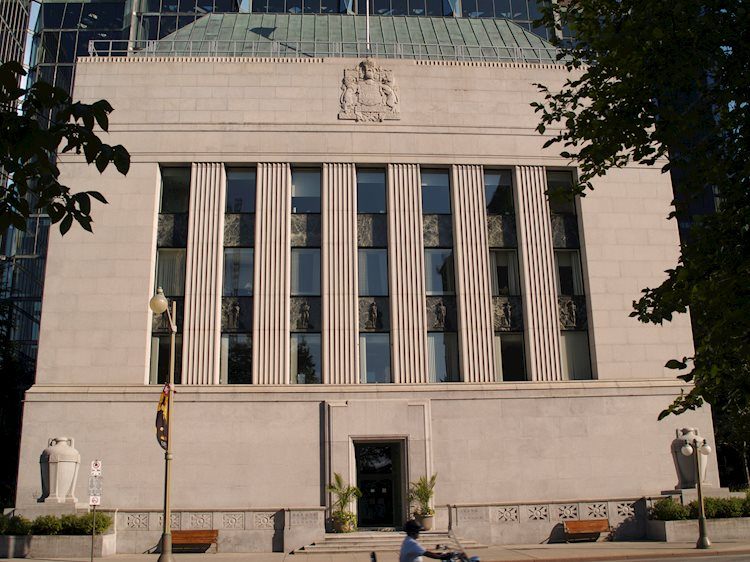Bank of Canada Governor Tiff Macklem has suggested that a faster pace of interest rate reductions may be possible in the near future. Macklem stated that policymakers could consider 50 basis point moves if economic growth falls short of expectations. The central bank is closely monitoring the labor market, which is indicating potential downside risks. Additionally, Macklem mentioned that it could be appropriate to accelerate interest rate adjustments as needed. The key indicator for these decisions will be the inflation rate, particularly in rent prices, which is expected to decrease.
In response to these statements, the USD/CAD currency pair is currently trading slightly lower, at 1.3580. The market is reacting cautiously to the possibility of accelerated interest rate reductions by the Bank of Canada. Investors are likely considering the implications of such a move on the Canadian Dollar (CAD) and its exchange rate against the US Dollar (USD). Market participants will continue to monitor economic data and central bank announcements for further insights into potential interest rate adjustments.
The Canadian Dollar (CAD) is influenced by various factors, including the decisions made by the Bank of Canada (BoC) regarding interest rates. The BoC sets the level at which banks can lend to each other, impacting interest rates across the economy. Maintaining inflation within the target range of 1-3% is a primary goal of the BoC, achieved through adjustments in interest rates. Higher interest rates generally have a positive effect on the CAD. The BoC can also use quantitative easing or tightening to regulate credit conditions, affecting the CAD accordingly.
Oil prices play a significant role in determining the value of the Canadian Dollar (CAD) due to petroleum being a primary export of Canada. When the price of Oil rises, the CAD tends to appreciate as demand for the currency increases. Conversely, a decrease in Oil prices can lead to a depreciation of the CAD. Higher Oil prices also contribute to a positive Trade Balance, further supporting the value of the CAD. The relationship between Oil prices and the CAD is closely monitored by investors and traders in the forex market.
Inflation, which is typically viewed as a negative factor for a currency, can actually have a positive impact on the Canadian Dollar in modern times. Higher inflation rates may prompt central banks to raise interest rates, attracting more capital inflows and increasing demand for the local currency. This phenomenon is observed in Canada, where higher inflation can lead to a stronger Canadian Dollar. Economic indicators such as GDP, PMIs, employment data, and consumer sentiment surveys also play a crucial role in influencing the direction of the CAD.
Overall, macroeconomic factors, central bank policies, market sentiment, and external influences such as Oil prices and trade balances all contribute to the value of the Canadian Dollar (CAD). Investors and traders closely follow developments in these areas to make informed decisions in the forex market. The Bank of Canada’s recent statements regarding potential interest rate adjustments highlight the importance of staying updated on economic data and central bank decisions when trading the CAD.










